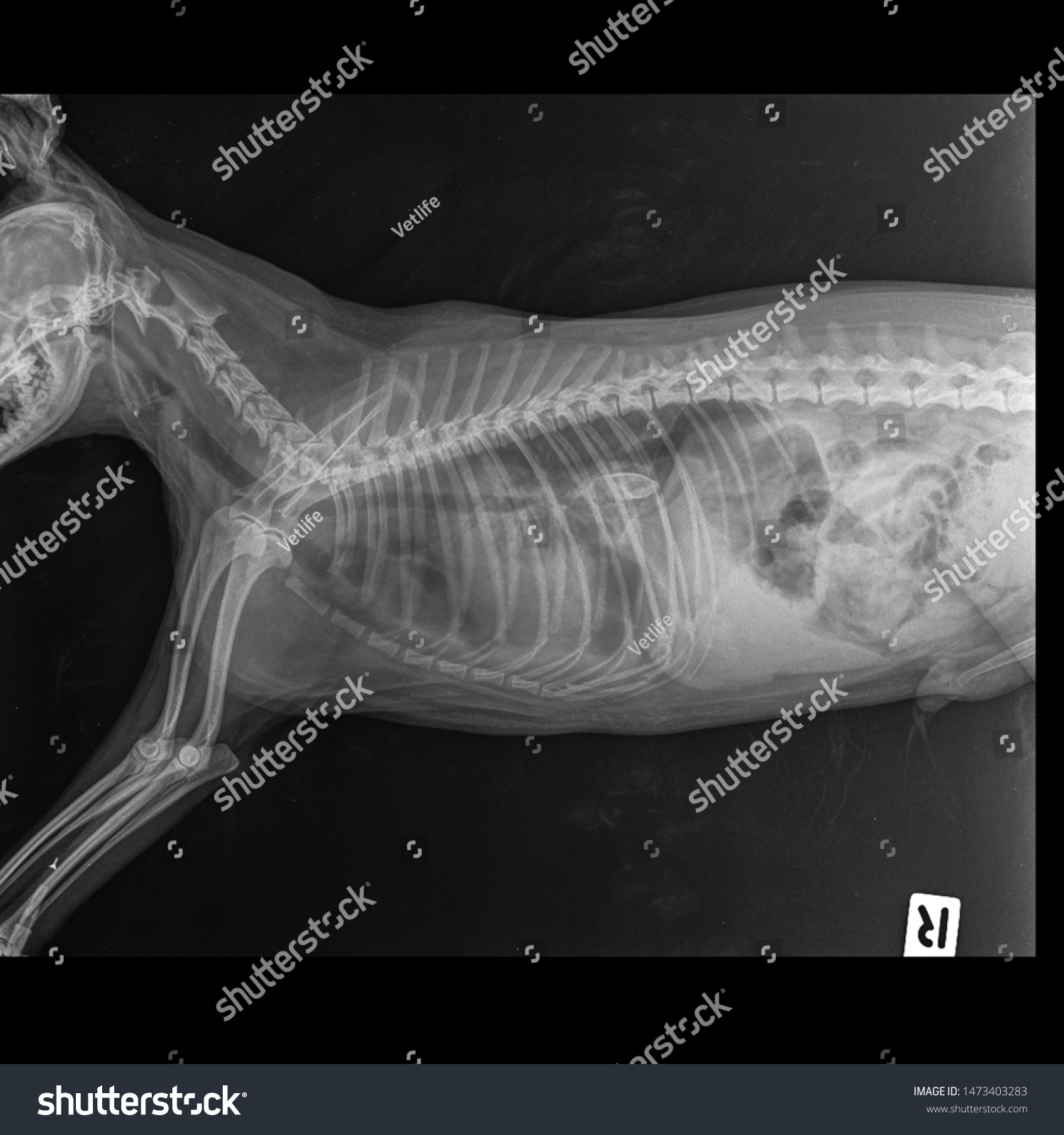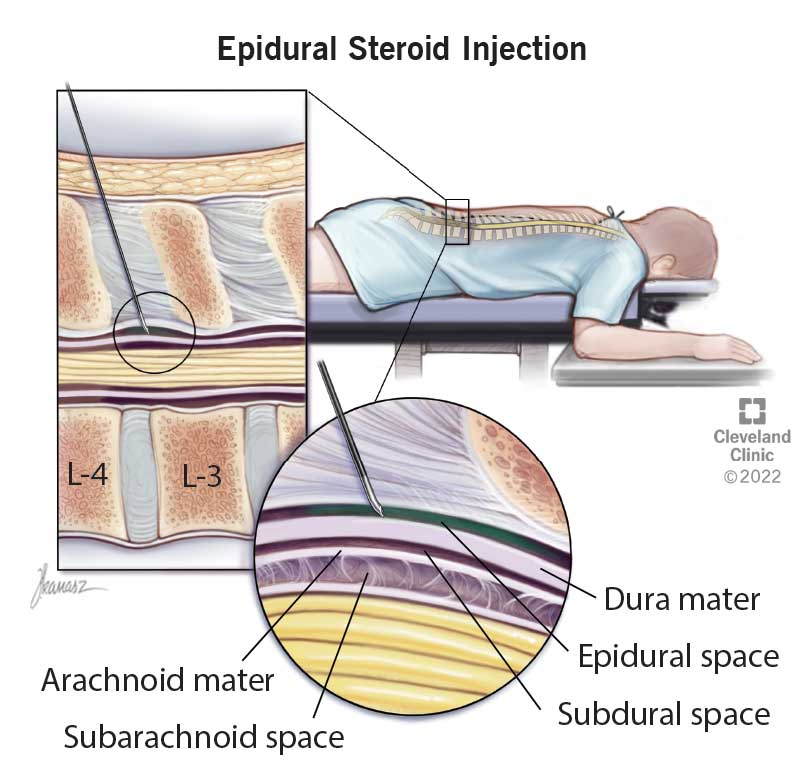Obstruction Of Esophagus

The esophagus, a muscular tube that carries food from the throat to the stomach, plays a vital role in the digestive process. However, various conditions can cause an obstruction of the esophagus, leading to discomfort, difficulty swallowing, and potentially serious complications. Understanding the causes, symptoms, and treatment options for esophageal obstruction is crucial for effective management and prevention of long-term damage.
Causes of Esophageal Obstruction
Esophageal obstruction can result from a variety of factors, including:
- Esophageal strictures: Narrowing of the esophagus due to scar tissue, often caused by chronic gastroesophageal reflux disease (GERD), esophagitis, or previous surgery.
- Esophageal tumors: Benign or malignant growths that can block the esophagus, such as esophageal cancer or leiomyomas.
- Foreign bodies: Objects that become lodged in the esophagus, like food, coins, or other items, which can cause obstruction, especially in children.
- Esophageal rings or webs: Thin, membranous structures that can constrict the esophagus, often associated with conditions like Plummer-Vinson syndrome.
- Scleroderma: A chronic autoimmune disorder that can cause esophageal fibrosis and narrowing.
- Ingested corrosive substances: Caustic materials that can damage the esophagus and lead to strictures or obstruction.
Symptoms of Esophageal Obstruction
The symptoms of esophageal obstruction can vary depending on the severity and location of the blockage. Common symptoms include:
- Dysphagia: Difficulty swallowing or feeling like food is stuck in the throat or chest.
- Odynophagia: Painful swallowing or chest pain while eating.
- Regurgitation: Food or liquids coming back up into the mouth or throat.
- Weight loss: Malnutrition due to inability to eat or swallow properly.
- Coughing or choking: Especially during meals or at night.
Diagnosis and Treatment
To diagnose esophageal obstruction, healthcare professionals may use various tests, including:
- Barium swallow: A radiographic study that uses a contrast agent to visualize the esophagus and detect any blockages.
- Endoscopy: A procedure where a flexible tube with a camera is inserted through the mouth to directly visualize the esophagus and take biopsies if necessary.
- Manometry: A test that measures the muscle contractions of the esophagus to assess motility disorders.
Treatment options for esophageal obstruction depend on the underlying cause and severity of the condition. These may include:
- Dilation: Stretching the narrowed esophagus using balloon or bougie dilators to improve swallowing.
- Stenting: Placing a metal or plastic stent to keep the esophagus open and allow food to pass through.
- Surgery: Removing tumors, strictures, or other obstructive lesions, or performing an esophagectomy (removal of the esophagus) in severe cases.
- Medications: Managing symptoms with medications like proton pump inhibitors for GERD or pain relievers for dysphagia.
What are the complications of untreated esophageal obstruction?
+Untreated esophageal obstruction can lead to malnutrition, dehydration, and weight loss. It may also increase the risk of respiratory complications, such as pneumonia, due to aspiration of food or liquids into the lungs. In severe cases, esophageal obstruction can cause esophageal perforation, abscess formation, or sepsis.
How can I prevent esophageal obstruction?
+To prevent esophageal obstruction, it is essential to maintain a healthy lifestyle, including eating a balanced diet, managing weight, and avoiding foods that can trigger GERD or esophagitis. Regular check-ups with a healthcare provider can help detect any potential issues early on. Additionally, avoiding smoking and limiting alcohol consumption can reduce the risk of esophageal cancer and other conditions that may cause obstruction.
What are the differences between benign and malignant esophageal tumors?
+Benign esophageal tumors, such as leiomyomas, are non-cancerous growths that can cause obstruction but do not invade surrounding tissues or metastasize. Malignant esophageal tumors, such as esophageal cancer, are cancerous growths that can invade the esophageal wall, spread to lymph nodes, and metastasize to other parts of the body. Malignant tumors require more aggressive treatment, including surgery, radiation, and chemotherapy.
In conclusion, esophageal obstruction is a serious condition that requires prompt medical attention to prevent long-term damage and complications. By understanding the causes, symptoms, and treatment options, individuals can seek help early on and improve their chances of a successful outcome. It is essential to maintain a healthy lifestyle, manage chronic conditions, and seek regular check-ups with a healthcare provider to prevent esophageal obstruction and its associated complications.

